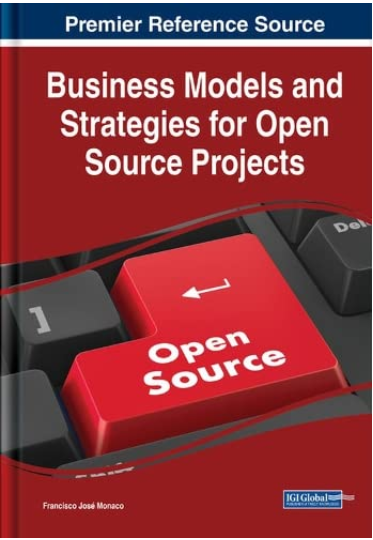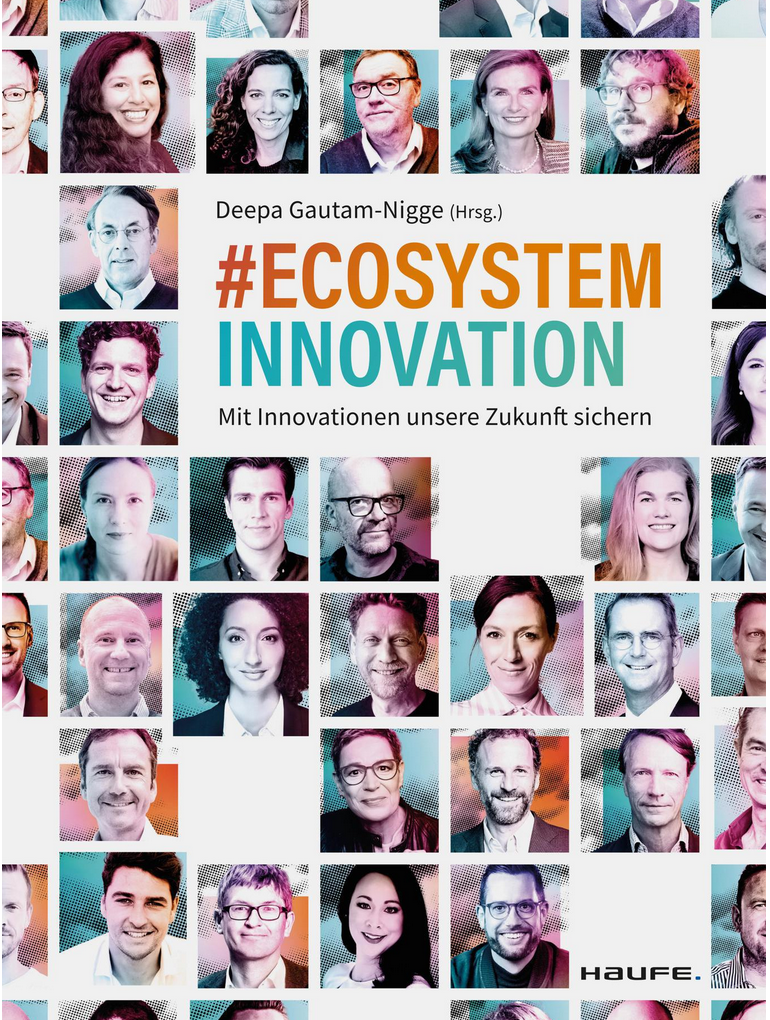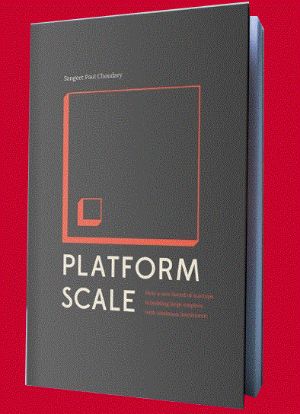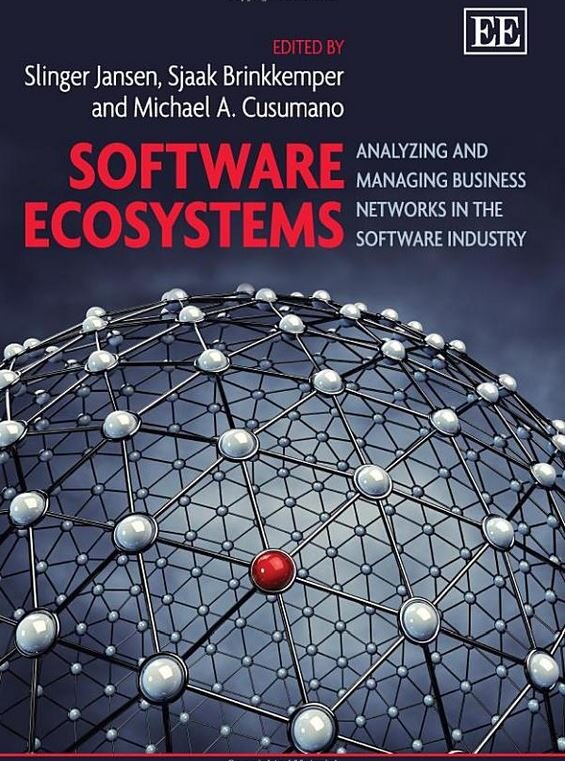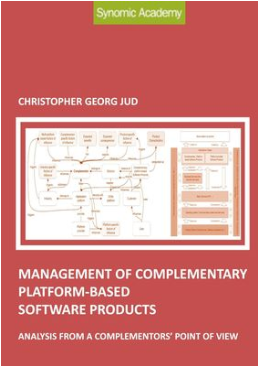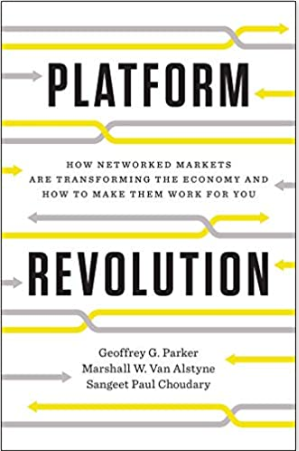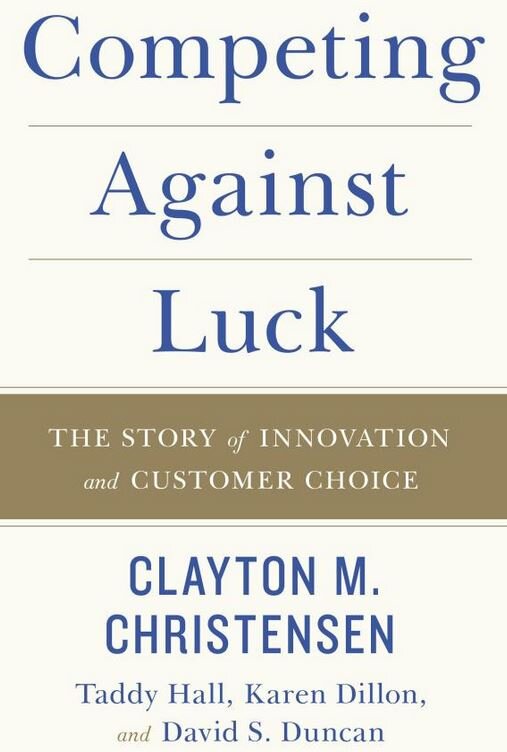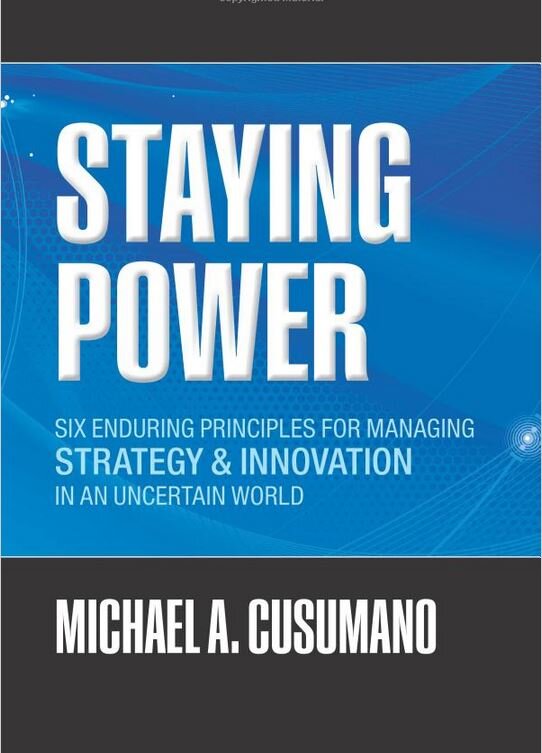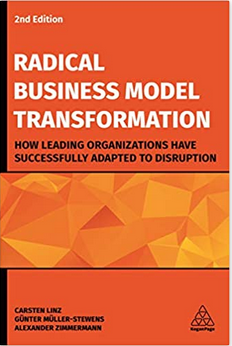
NEWS
How can you foster innovation in software ecosystems - six examples
Innovation is at the heart of every successful software ecosystem. Fostering a culture of innovation not only drives growth and success but also creates a competitive edge. Here are six examples of how you can foster innovation in software ecosystems:
1. Encourage a Collaborative Environment:
Create spaces for open communication and idea-sharing among software development teams. Collaboration fosters creativity and leads to innovative solutions.
2. Invest in Research and Development:
Allocate resources to R&D efforts to explore new technologies, methodologies, and trends. This investment can yield groundbreaking innovations.
3. Embrace Agile Methodologies:
Adopt agile practices to enable quick iterations, adaptability, and continuous improvement. Agile methodologies promote innovation by allowing teams to respond to change and deliver high-quality software.
4. Promote a Culture of Learning:
Encourage continuous learning and skill development among team members. By staying updated on the latest industry trends, individuals can bring fresh perspectives and innovative ideas to the table.
5. Support Hackathons and Innovation Challenges:
Organize events that challenge developers to ideate and create innovative solutions within a limited timeframe. Hackathons drive creativity and often result in pioneering software concepts.
6. Foster Entrepreneurial Mindset:
Encourage developers to think like entrepreneurs and take ownership of their projects. This mindset cultivates a sense of ownership and drive to innovate.
By implementing these strategies, software ecosystems can create an environment that nurtures creativity, experimentation, and advancement, ultimately leading to groundbreaking innovations.
Like the topic? Participate in our workshop tickets here
Why don´t you choose one of the following topics to continue:
How can you foster innovation in software ecosystems - six examples
Innovation is at the heart of every successful software ecosystem. Fostering a culture of innovation not only drives growth and success but also creates a competitive edge. Here are six examples of how you can foster innovation in software ecosystems:
1. Encourage a Collaborative Environment:
Create spaces for open communication and idea-sharing among software development teams. Collaboration fosters creativity and leads to innovative solutions.
2. Invest in Research and Development:
Allocate resources to R&D efforts to explore new technologies, methodologies, and trends. This investment can yield groundbreaking innovations.
3. Embrace Agile Methodologies:
Adopt agile practices to enable quick iterations, adaptability, and continuous improvement. Agile methodologies promote innovation by allowing teams to respond to change and deliver high-quality software.
4. Promote a Culture of Learning:
Encourage continuous learning and skill development among team members. By staying updated on the latest industry trends, individuals can bring fresh perspectives and innovative ideas to the table.
5. Support Hackathons and Innovation Challenges:
Organize events that challenge developers to ideate and create innovative solutions within a limited timeframe. Hackathons drive creativity and often result in pioneering software concepts.
6. Foster Entrepreneurial Mindset:
Encourage developers to think like entrepreneurs and take ownership of their projects. This mindset cultivates a sense of ownership and drive to innovate.
By implementing these strategies, software ecosystems can create an environment that nurtures creativity, experimentation, and advancement, ultimately leading to groundbreaking innovations.
Like the topic? Participate in our workshop tickets here
Why don´t you choose one of the following topics to continue:
Software strategy selection: is build, buy, partner sufficient or do we have to add open source to the game?
Strategy selection
The best innovation and growth strategy is to combine organic and inorganic growth. SAP has successfully applied organic innovation and growth resulting e.g. in SAP HANA, SAP S/4 HANA as well as inorganic innovation and growth via acquisitions like Qualtrics and Calliduscloud.
Build, buy, partner
For me, the most important distinction between build or buy is the window of opportunity that you have. In technology markets, there are frequent changes of market direction. If you’re lucky, you had started your solution in time to build something that is en vogue right now. But if you’re not lucky, you need to acquire capabilities that the market needs today. But is this the only option you have?
Opportunity and risk in building and acquiring solutions
To be frank, with the current state of technology due diligence on to be acquired companies there is no difference in risk to build or to buy. When building products, you trust your developers to build something great. The a priori likelihood of success is 50%. Same likelihood applies for acquiring technology. In addition, acquired technology exists, has customers, success and failure history. So, what is the impact of this statement on build decisions?
Build decisions
Build decisions are made based on anticipated market trends. So don´t be suprised when you find out that you made the wrong decision. It is perfectly natural to take wrong decisions. But how can you fix such a wrong decision? I have two proposals: The first one is to start massive marketing to convince customers and markets that what you built is the right thing. Tough. The second option is to buy your way into front and center of the market. What are these the only options you have?
Outsource your worries
What we need to look at is in another alternative. You could leverage an existing open source solution with a license that permits commercial use to jumpstart your building efforts. And you build differentiating, proprietary technology on top.
If the open source community behind that solution is being active enough, you will save massive effort for support and maintenance of the solution.
It also makes financial and strategic sense to spend your money wisely on functionality where you can differentiate your offering from the competitors’ offerings.
Like the topic? Participate in our workshop tickets here
Why don´t you choose one of the following topics to continue:
A recap of the European workshop on software ecosystems 2018
The workshop was held within two sessions of the second day of the First European Platform Economy Summit in Berlin. The first session was a workshop called “New Ecosystem Opportunities & 'White space' Opportunities in Software and High-Tech“ and the second session was a panel about “Network Effects, Data Effects & AI - Keys to the castle“ moderated by Slinger Jansen. You can find more details on both sessions below.
What made this workshop successful were the discussions about the presentations but also the interactions in breaks and during lunch. A big thank you goes out to all presenters, helpers and participants!
Session one: New Ecosystem Opportunities & 'White space' Opportunities in Software and High-Tech
This design-thinking based workshop featured three short motivating presentations by Peter Buxmann, Sebastien Dupre and Thomas Curran followed by topic-based, hands-on workshops.
Thomas captured the audience by describing his recent success with creating new cloud based ecosystems for digital business in the financial industry. In a traditionally closed industry, what do you do to turn a company into a digital, open platform? Thomas had done just that in a three year project and talked about how to do that successfully.
Peter reported about several studies on the value of data and the importance of privacy. He provided insights into challenges and success factors for software platform providers regarding the value of customer data, customer privacy and tradeoffs between data privacy and data farming by platform providers.
Sebastien showed how Uberization in field service management works by engaging a crowd of service technicians inside and outside of companies. He explained how companies can build an ecosystem connecting field service technicians, partners, own employees and customers to scale their field service operations, increase revenue and provide unmatched customer experience.
Then we split the crowd of thirty people into three teams that worked together and discussed with the help of the moderators and our design thinking coach Olaf Mackert. First, we ran an introduction game called two truths and one lie, which created a lot of laughter and made everybody ready to work together trustfully.
Then everybody dumped his ideas, questions, issues he or she wanted to discuss on post-its, which were clustered into topics by the moderator. Then the teams voted on the topic to start with. The discussions went on in five minute slots. The team voted on either continuing the discussions on the topic or going to the next topic after each slot.
Thomas Curran´s team, which was the largest team, focused on the technical aspects of creating a platform and technology selection. They had lively and productive discussions leveraging the joint wisdom of the team.
Sebastien´s team of ten discussed topics around uberization of any industry and about changes in strategies for field service management.
Peter Buxmann´s team was a diverse team made up of members from venture capital, manufacturing, public administration which made discussions very interesting based on the different views. The team addressed question around motivations of people to share data, ways to create value from data and also around data protection impact on data-driven business models.
The results of each team will be provided in a short writeup from the moderator.
Session TWO: Network Effects, Data Effects & AI - Keys to the castle
John Rethans, head of Digital Transformation Strategy from Apigee/Google, brought everybody on the same page regarding APIs - what they are and what it means to implement an API driven strategy and technology.
Slinger Jansen from Utrecht University opened the panel with a short presentation about his research. The panel´s focus was on pragmatic aspects of creating successful API platforms. It covered questions like “What is the role of APIs for platforms? How do you build API-based platforms? What are the success factors and pitfalls when building API-based platforms? How to explain their power to non-technical executives and shareholders?”
In addition to Slinger and John, the panel featured the following speakers:
Nik Willetts - President & CEO, TM Forum
Andreas von Oettingen - MD of Factor10

